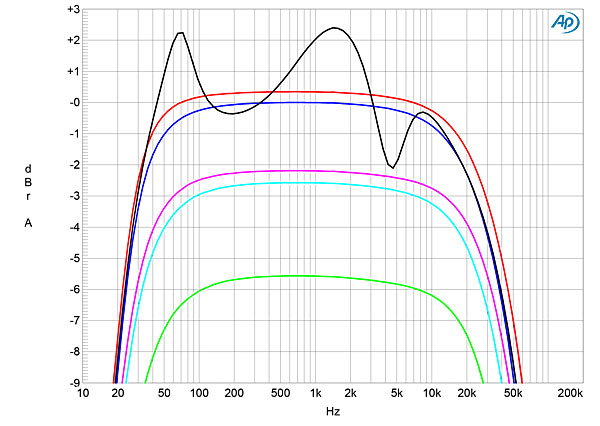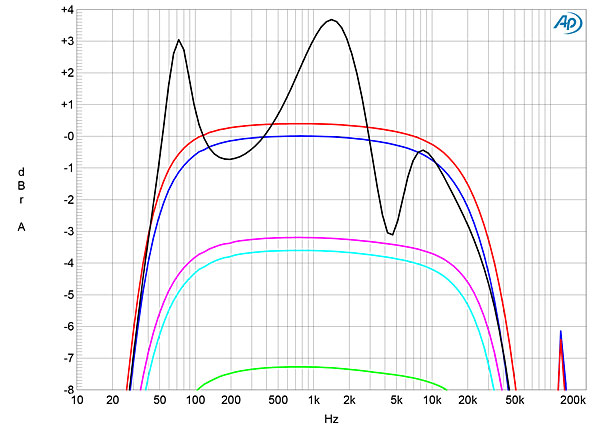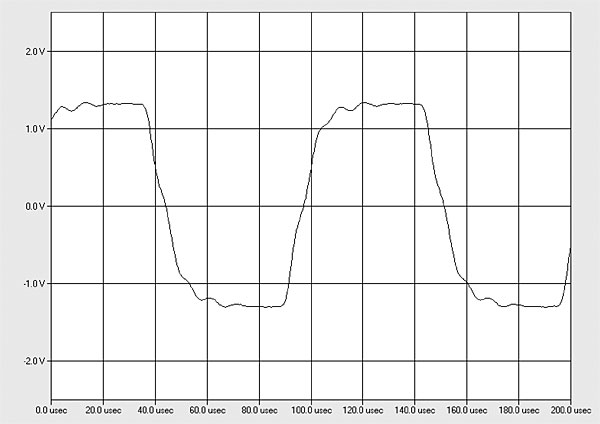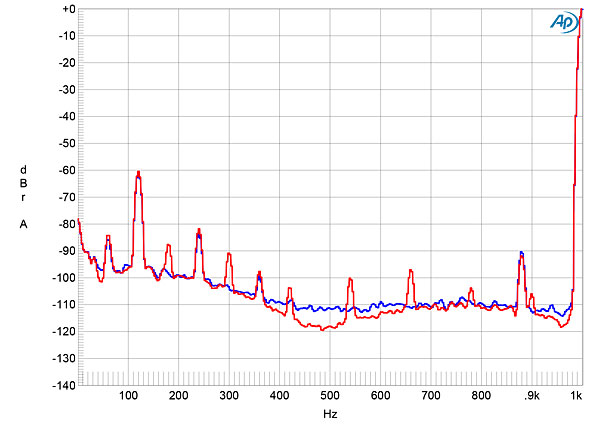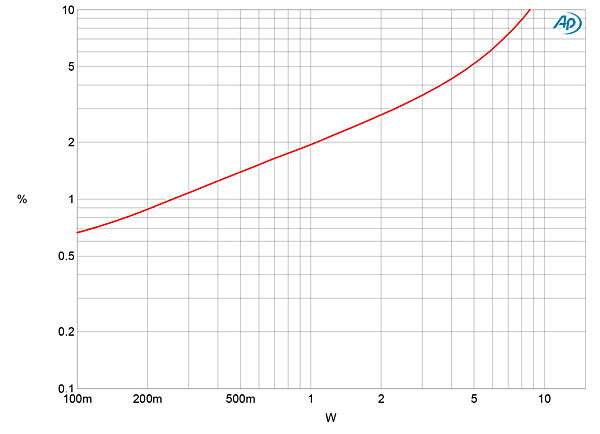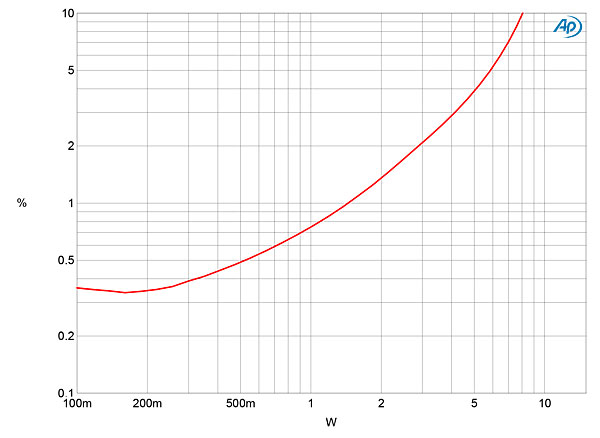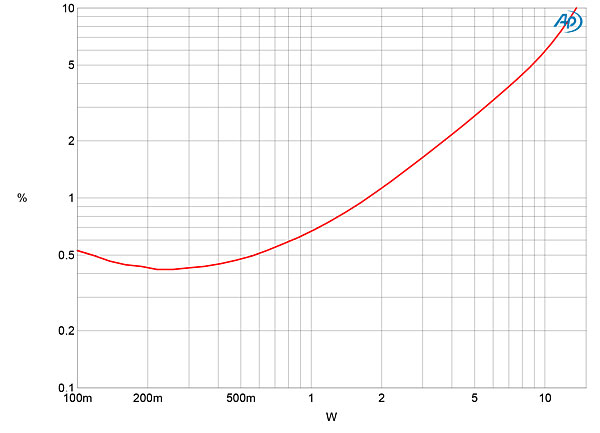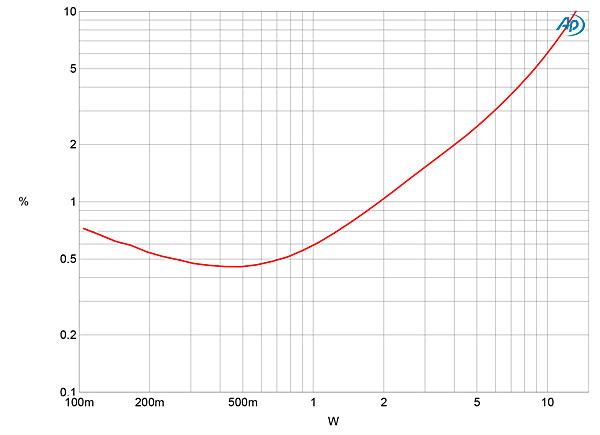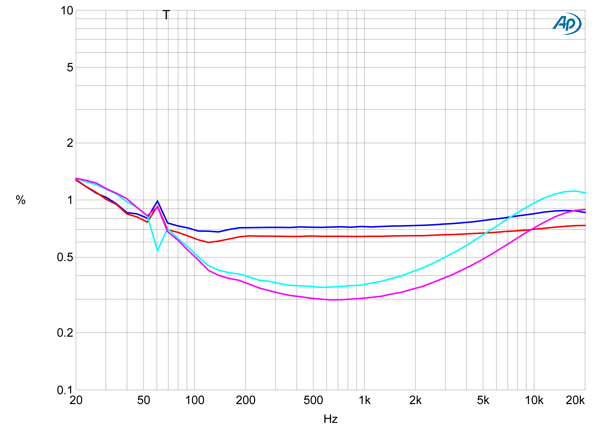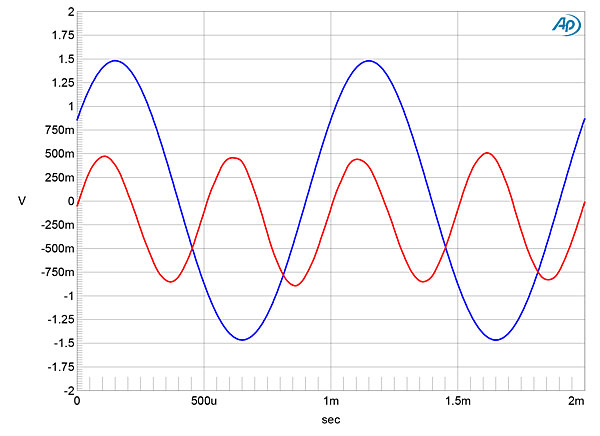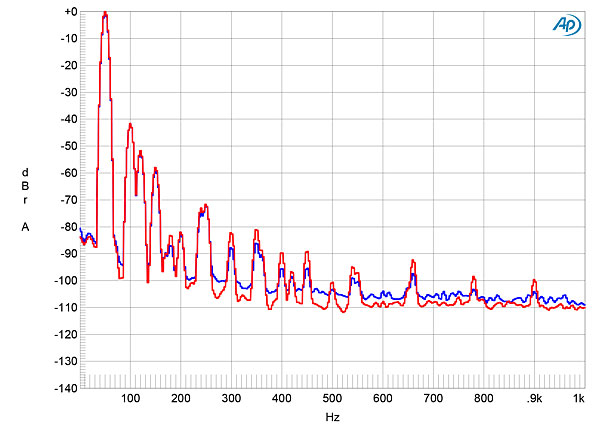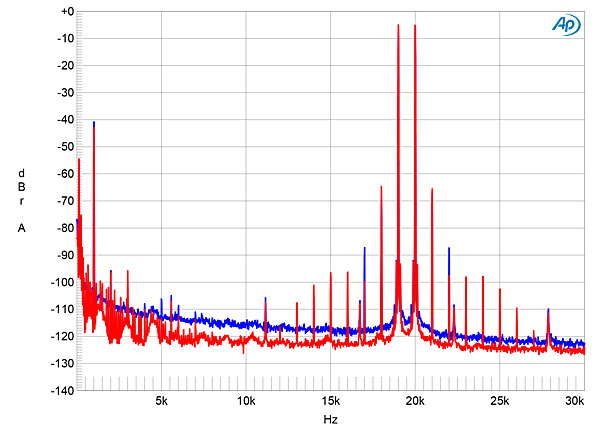| Columns Retired Columns & Blogs |
... for a Story!
HR does the bestist "Click-Bait" in the Audiophile Business.
I'll tell ya who that might be: Steve G visiting the Bunker delivering an On-Site Vlog Report. That geeky guy with all those Pass Apleflyers stacked up on his Altar to Gear Collecting. The very same guy that pointed me to Shit Asgard Amplification ( back in 2011, along with his side-man Tyll ) , this Guy has more Integrity than nearly anyone in NY,NY for gods sake. On top of it all he's got a way-cool shirt collection. Hmm.
This tiny Amp Review is one of the best Reads of the Year, so far.
Steve G & HR seemed to have survived the big Buy-out, phew, I was getting worried.
I'm still keeping my fingers crossed.
Please suggest that Steve spend some of his Mountainous Patereon Money on a Canon 6D & Vlog Lense system. The lads at B&H are waiting for him to walk thru their doors. Steve G can become the Casey Neistat of the Audio World!
Tony in Michigan
ps. I once owned a Nisson Pulsar 5 door Hatchback with 60 horsepower. It was that fastest little get around car I ever owned, it had to be driven intelligently but it delivered exceptional performance. QRP is a thinking man's effective tool.
ps. My Vote for Quote of the Year: "never heard an EL84 amp I didn't like"
ps. Mr. JohnnyThunder corrected me and my quoting of the quote. it's EL34 not EL84! Thanks Mr.Thunder
